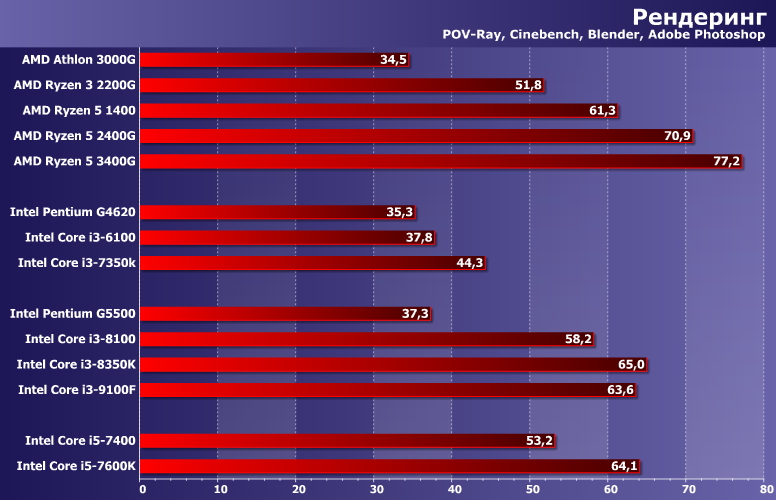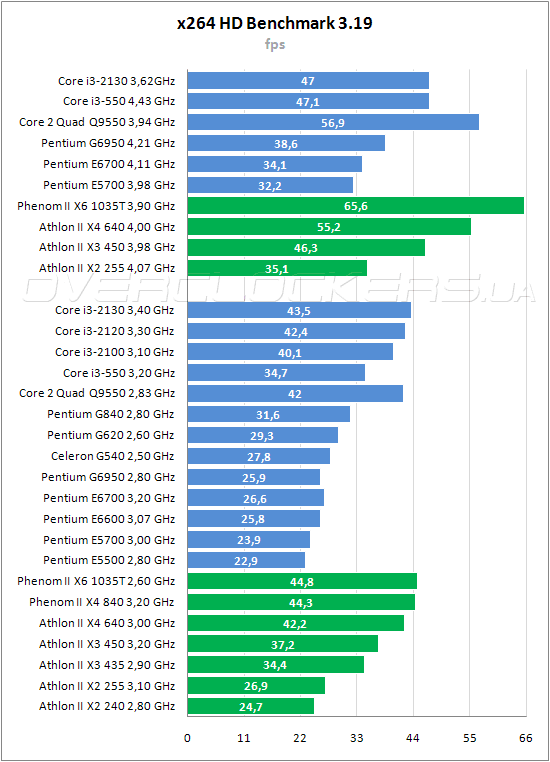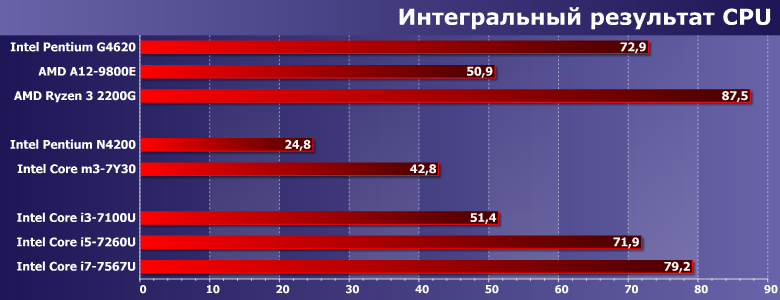

Pentium chips have a higher TDP rating than AMD’s Athlon processors, but you can’t overclock them, so they’ll never exceed the factory specifications. Intel’s Pentium Gold processors also come bundled with an Intel heatsink and fan assembly, and there’s really no reason to bother upgrading that cooler except aesthetics. We even found that the stock cooler provided enough cooling capacity to keep our samples at safe temperatures even with the maximum overclock applied. AMD equips the Athlon lineup with a heatsink and fan combo with ample capacity to dissipate the nominal heat output from these low-powered chips. In other words, they don’t require substantial cooling hardware. Cooling RequirementsĪMD’s Athlon 200GE, 220GE and 240GE dual-core processors feature an Low 35W TDP. The moderate clock speed increase doesn’t improve performance dramatically, but if you overclock an Athlon 200GE, you can yield the same performance as an overclocked Athlon 240GE, which reinforces its substantial value.

AMD didn’t want to enable overclocking, but with the right motherboard, you can do it anyway. AMD is the clear winner for the overclocking category, because you can’t overclock a Pentium processor. Intel’s Pentium processors do not support overclocking, and you won’t find a motherboard that overrides Intel’s specifications. You can also overclock with the stock cooler, which is a great value-add. In our experience, all three Athlon models top out at the same clock speed, so if you’re going to overclock, you might as well save some money and get the Athlon 200GE. You can’t improve the clock speed of the built-in GPU, and memory is locked down to DDR4-2667, but with the right motherboard you can coax 3.9GHz out of an Athlon processor.

AMD does not officially support overclocking the new Athlon processors, but that didn’t stop motherboard manufacturers from supporting the feature anyway.Īsus, Gigabyte, and MSI all offer motherboards that enable you to adjust the clock speed of Zen-based Athlon processors. However, the Athlon series is the outlier. And as such, AMD has embraced the feature across almost its entire product stack.

In recent years, overclocking has become much more mainstream. Of course, there are some significant historical exceptions- Intel’s Celeron 300A brings back memories-but overclocking is typically a feature reserved for higher-priced components. Typically, when you think about a budget processor and the features it would offer, overclocking doesn’t usually come to mind. The 3.7 GHz Pentium G5400 and the 3.9 GHz Pentium G5600 have a distinct clock speed advantage over the 3.2 GHz, 3.4 GHz, and 3.5 GHz Athlon processors. Pentium chips feature Intel’s Hyperthreading technology, and Athlon processors support Simultaneous Multi-Threading (SMT), giving both companies four logical threads to work with. Intel Pentium Gold and AMD Athlon processors all come in dual-core configurations.


 0 kommentar(er)
0 kommentar(er)
